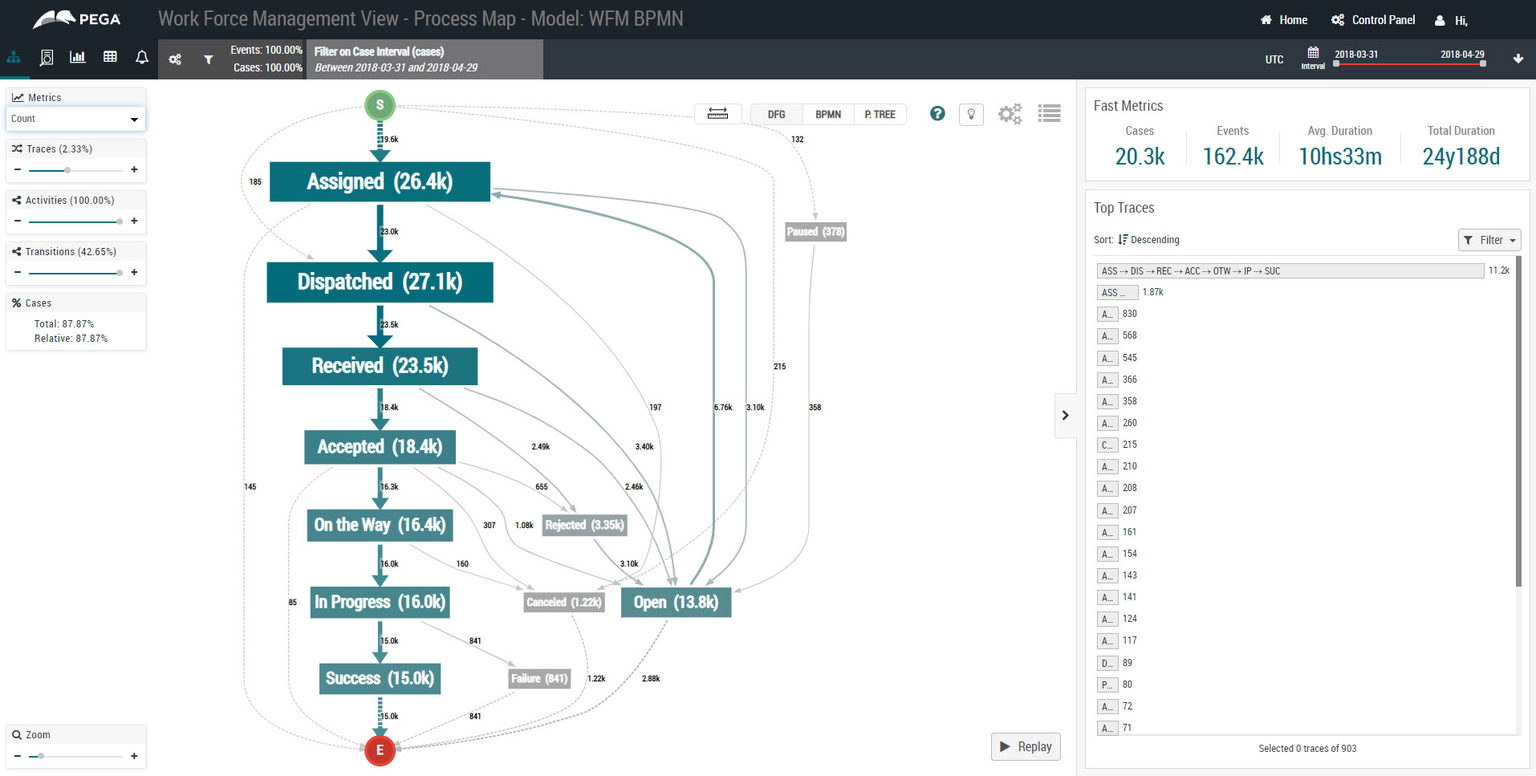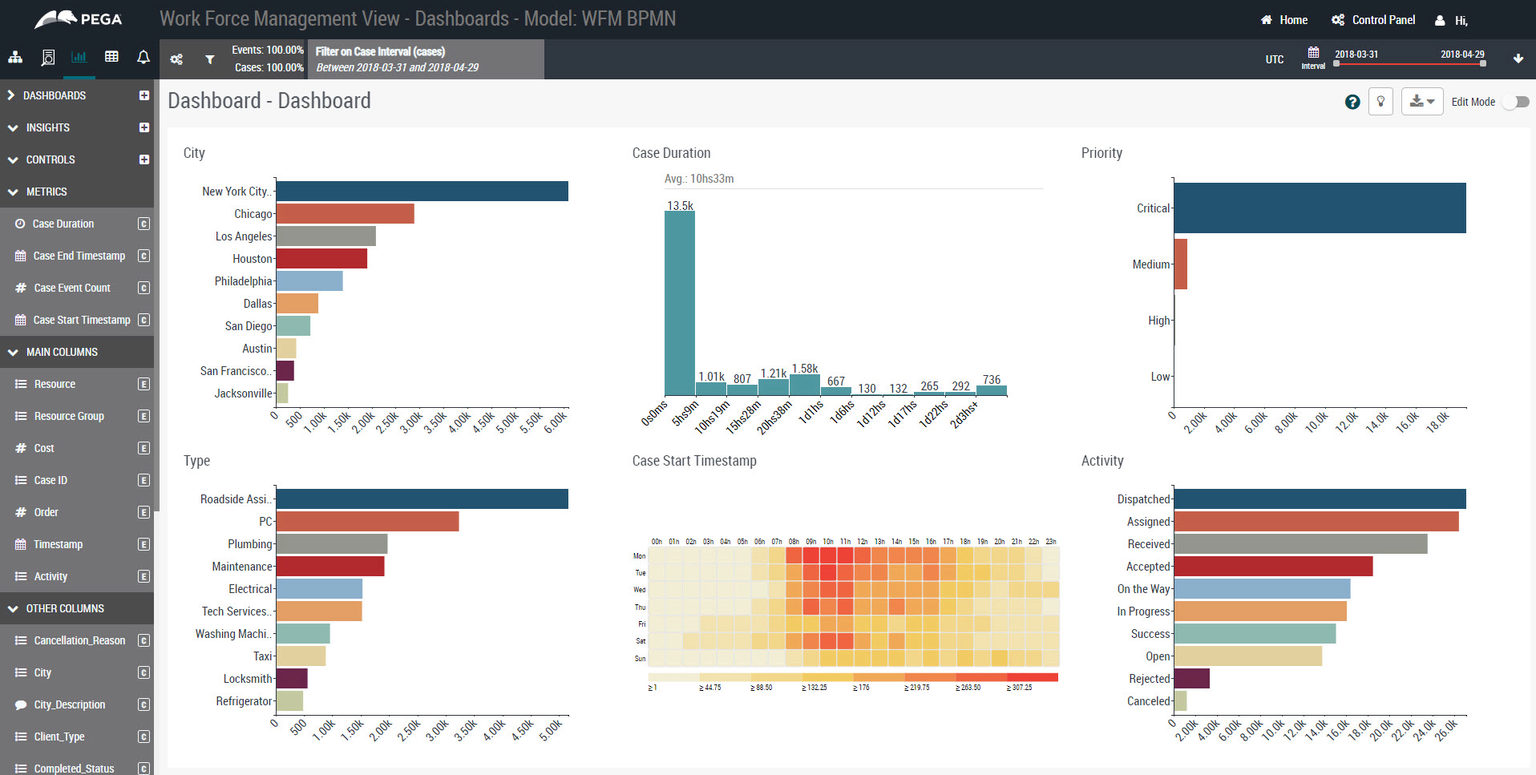“I wisely started with a map, and made the story fit,” said J.R.R. Tolkien, in reference to writing and life. Maps, as we all know, are wonderful. They tell you where you’ve been, where you are now, and where you might go in the future. Yet, while we use them daily in life, in business, their use is still very limited.
Currently, in business settings, we use maps literally to depict office spaces and direct employees where to go. And we use them to explain how people work together (in this use case, they are called organograms).
But what about a map for the business itself? Wouldn’t it be remarkable if there was a map that could tell a business what was really going on inside its walls? A map that could point businesses toward their ideal destinations and identify obstacles along the way?
Perhaps the closest things we have to this right now are dashboards. Yet dashboards are focused on key performance indicators (KPIs) and facts rather than offering a graphical representation of what’s going on or exploring alternate routes.
Now, though, we have a tool that changes this game. Process mining tools like Pega Process Mining give businesses the maps they were missing. With Pega Process Mining, you can, for the first time, understand exactly what’s going in your business processes, why problems are happening, and what steps you need to take to fix them. Your business can view maps that offer insight into your end-to-end workflows, let you identify challenges and opportunities, and even allow you to start simulating alternative routes to success and measuring their potential impact.
In the picture below, you can see an example of a Pega Process Mining map.

Visualization of a business process with its outcomes.
In this case, you can use the Process Mining “map” to do three key things:
- Understand processes. With the ability to visualize your processes in their “as-is” state, you can model the lifecycle on your business processes to get a true understanding of what’s going on in your business.
- Evolve your automation. Once you have a clear map of your territory, you can devise a better route. And even better, you have the data you need to determine what needs to be optimized and why.
- Monitor and adapt. On an ongoing basis, you can determine whether processes are running as you intended, whether the automations implemented are having their intended effect, and what additional improvements you may need to make as things change and evolve.
Continuous automation is an important priority, but it’s important to take the right first step. When you start with a map, you give yourself the ability to ensure your optimization efforts have a better chance of success.

Monitor your processes to optimize them.
Do you want to learn more about business mapping and using Process Mining tools to improve your workflows? Please reach out to me at [email protected].

